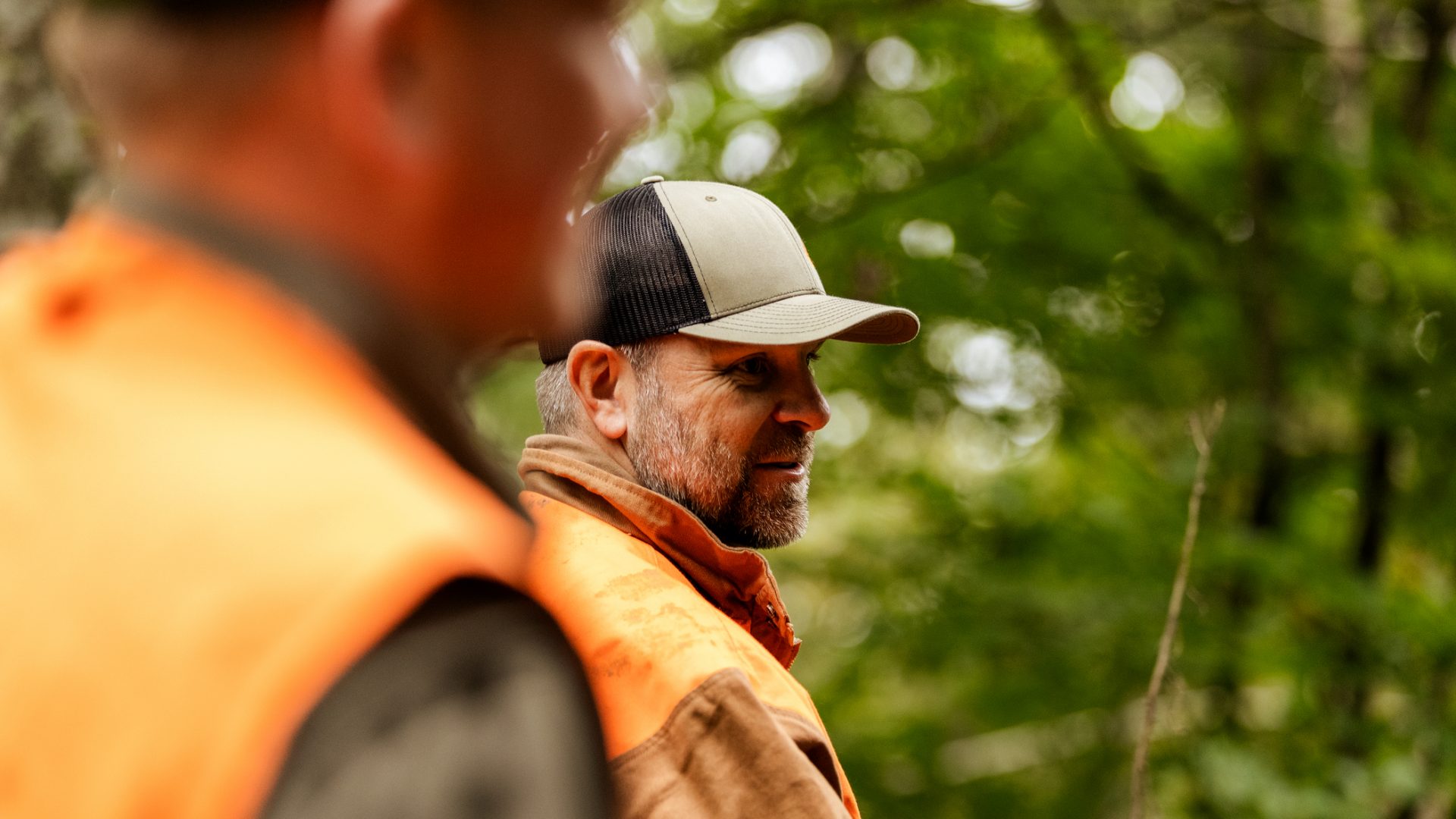Historically, trapping has provided food, clothing and a source of income to those living in what would come to be known as the state of West Virginia. Today, there are still Mountaineers who rely on regulated trapping for the same benefits. Trappers in West Virginia are still known for being hard working, self-sufficient, and stewards of the land and its multiple benefits. Numerous studies have shown this particular group of outdoorsmen and women possess a deeper understand of ecological principles, as well as greater knowledge of the wild world than the average citizen.
Trapping in West Virginia
While it’s true that unregulated trapping along with massive habitat destruction contributed to the decline or extinction of certain species in West Virginia in the distant past, it’s equally true that modern trappers have contributed much to the restoration of those same species in modern times. Beaver, fisher, bobcat and otter populations, among others, are fully recovered and protected by regulations to assure the viability of these species into the future, while allowing for a sustained yield of harvested animals. A regulated harvest helps professional wildlife biologists to maintain population densities at levels compatible with other activities and land uses when necessary.
Wildlife species that are trapped today are abundant with populations monitored by professional wildlife biologists. Regulated trapping does not cause wildlife to become endangered, and not all species may be trapped. The carrying capacity of the environment dictates that there are only enough resources to support so many individuals of a species. All species that are legally trapped produce a surplus of individuals each year that will die of natural causes regardless of whether they are trapped or hunted. Removing these animals by trapping is compensatory to other causes of mortality and will not harm populations.
Trapping is managed with science-based regulations that are strictly enforced by our natural resources police officers. Regulations include season dates that, as a rule, do not negatively affect reproduction and rearing of young. The quality of pelts is considered in when setting season opening and closing dates so that this valuable resource is not wasted. Pelt quality changes seasonally with pelts becoming much fuller and plusher as winter approaches and less so as spring approaches. Prime pelts are those that are of the highest quality with dense fur and thicker leather, usually coinciding with late fall and winter months. Daily, seasonal and possession bag limits are strictly enforced to assure that only surplus animals are harvested. Finally, types of traps and sets are regulated and enforced to assure that non-target catches are minimal and can be released relatively unharmed, that companion animals will not be harmed, and that the most humane techniques are used.
Professional wildlife biologists monitor furbearer populations using a variety of approved techniques: population modelling, trapper surveys, population indices and harvest monitoring, to name a few. Additionally, research projects are designed to provide answers to management questions as they arise and have recently included studies on home range and habitat use, occupancy modeling and density estimation, survival and reproduction, success of translocations, toxicology, parasites and disease and genetic health of populations in West Virginia.
Individuals trapping on wildlife management areas and state forests are required to obtain an area trapping permit from their DNR district. For more information about trapping, go the current Hunting and Trapping Regulations Summary.
Additional Information For Trappers
Best Management Practices
Best management practices (BMPs) for trapping detail the most effective, efficient, humane trapping tools and techniques that are currently available to trappers. State wildlife agencies, working closely with the U.S. Department of Agriculture, state trapper associations and experienced veterinarians, have spent over $40 million over the past 20 years to develop best management practices for trapping. While they’re are not mandated by law in West Virginia, the West Virginia Division of Natural Resources strongly encourages trappers to use best management practices.
Trapping BMPs can be found here.
West Virginia Furbearer Newsletter
The West Virginia Furbearer Newsletter is published biannually and provides the latest information regarding furbearer research, survey results, changes to regulations and other info of interest to trappers and those with a general interest in furbearers.
To see the most recent edition of the West Virginia Furbearer Newsletter click here.
Snare Guide
Regulated snaring of furbearers is permitted during open seasons in West Virginia. A copy of the West Virginia Snaring Guide can be found here.
Trapper Education
Although not mandated in West Virginia, trapper education is important for passing on traditions and, more importantly, knowledge regarding safe, effective and ethical trapping techniques. It also includes learning about responsible attitudes toward conservation, modern wildlife management, and wildlife in general. The West Virginia Division of Natural Resources encourages all trappers, particularly those new to trapping, to enroll in trapper education courses when available.
Trapper education classes are offered by the West Virginia Trappers Association and affiliate members during specific times of the year. View for information here.
Trapper Survey
The annual trapper survey is used to collect catch-per-unit-effort data from trappers to provide wildlife biologists with an additional index to changes in population densities of furbearers that are trapped in West Virginia. A printable copy of the current year’s survey log sheet and instructions can be obtained here.




